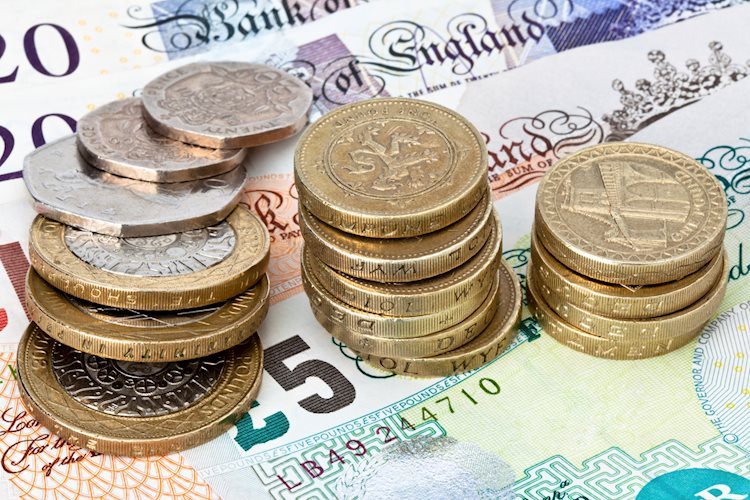In response to an unexpected uptick in the UK jobless rate, the GBP/USD saw some selling.
Losses were limited by a substantial drop in the Claimant Count Change and good pay growth data.
Powell’s dovish statements, combined with falling US bond yields, damaged the dollar and extended support.
COVID-19 jitters acted as a tailwind for the safe-haven USD and could limit the pair’s gains.
Despite recovering a few pips from daily lows, the GBP/USD pair maintained its offered tone through the first part of the European session, and was last seen trading slightly below the mid-1.3800s.
The UK’s headline unemployment rate unexpectedly increased to 4.8 percent in the three months to May from 4.7 percent in the previous quarter, prompting some selling in the GBP/USD pair on Thursday. A significant drop in the claimant count change and improved pay growth figures more than made up for the modest disappointment.
In fact, the number of people receiving unemployment benefits fell by 114.8 thousand in June. Furthermore, the prior month’s data was amended to indicate a loss of 151.4K rather than the previously reported -92.6K. More information revealed that wages grew at the quickest rate in the year to May since records began in 2000.
The data created a picture of a booming employment market in the UK, as well as rising inflationary pressures from rising salaries, which was underlined by the UK CPI report on Wednesday, which was hotter than predicted. This encouraged speculation that the Bank of England may have to consider pulling back its massive stimulus program sooner rather than later, giving the pound some support.
A muted US dollar price action, on the other hand, helped the GBP/USD pair to attract some dip-buying near the 1.3800 round-figure mark. A continuation of the previous day’s dramatic drop in US Treasury bond yields, as well as Fed Chair Jerome Powell’s dovish statement, weighed on the greenback.
Powell maintained during his semi-annual congressional hearing that the inflation rise was only transitory. His comments overshadowed last week’s inflation data, which showed that US producer prices rose at their fastest rate in nearly 11 years in June, while consumer prices rose to their highest level in more than 13 years.
However, a softer risk tone – fears over the development of the extremely contagious Delta strain of the coronavirus – helped the safe-haven USD avoid more losses. As a result, traders have refrained from making big bullish bets on the GBP/USD pair, limiting the upside for the time being.
Market players are currently anticipating the publication of the US economic calendar, which includes the typical Initial Weekly Jobless Claims and Philly Fed Manufacturing Index. The USD price dynamics will be influenced by this, as well as US bond yields and broader market risk sentiment. Traders will also be looking for short-term possibilities in the GBP/USD pair, based on Powell’s second day of congressional testimony./n





